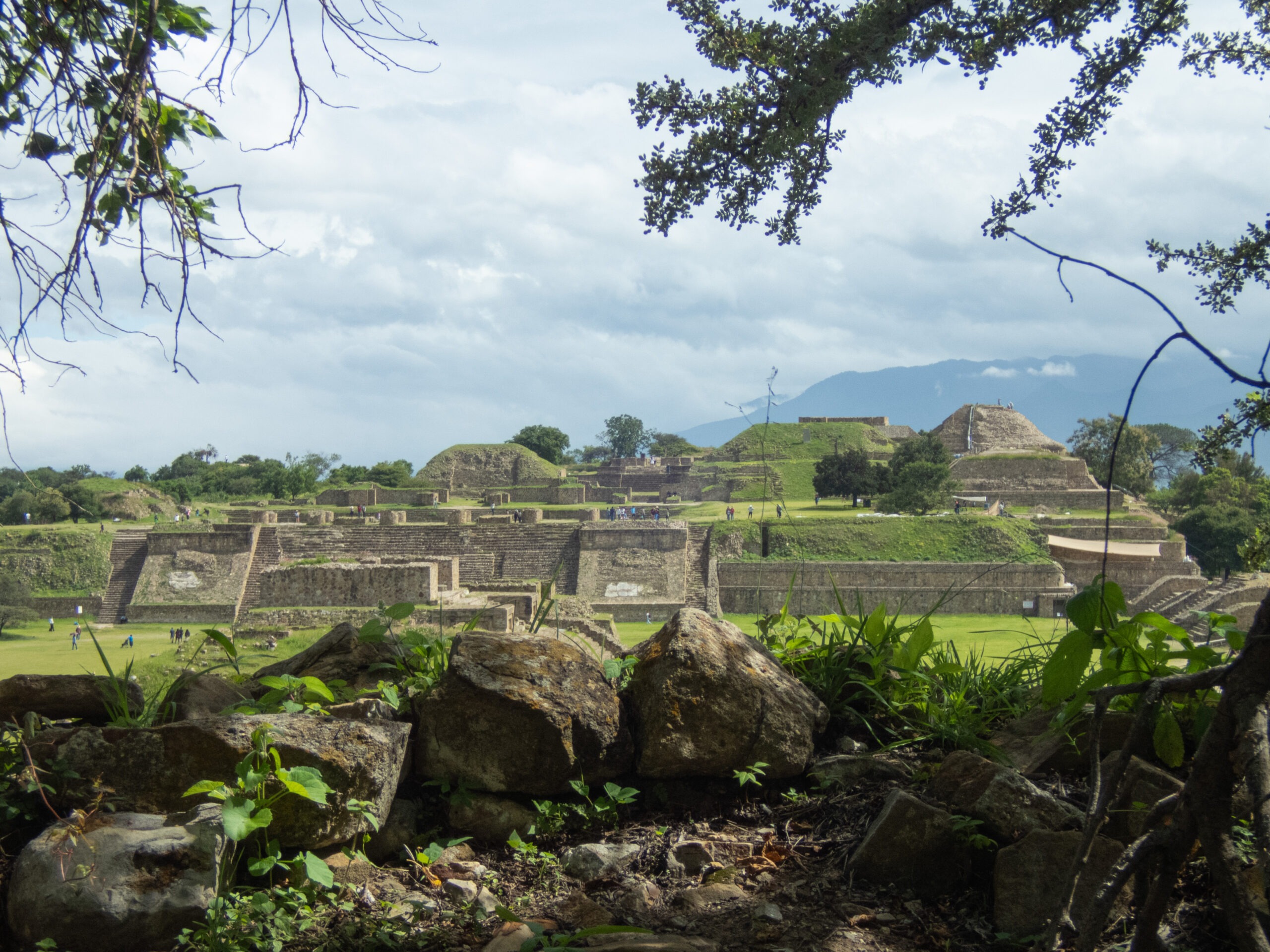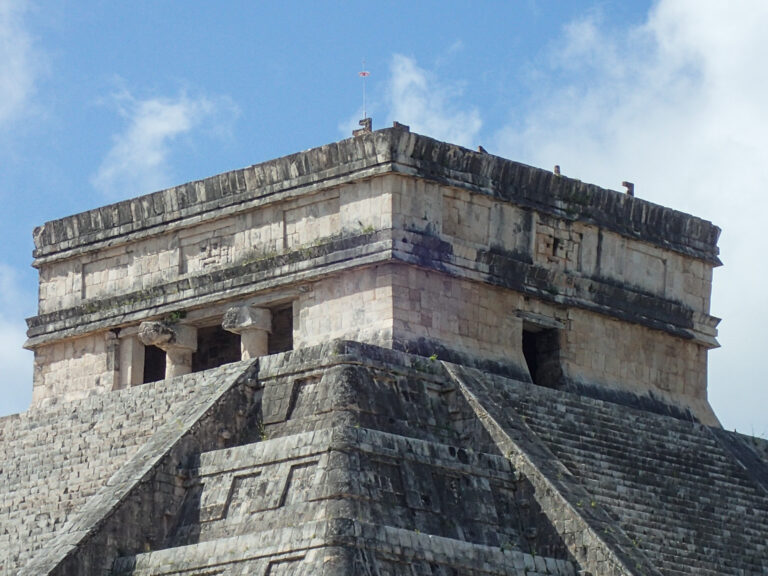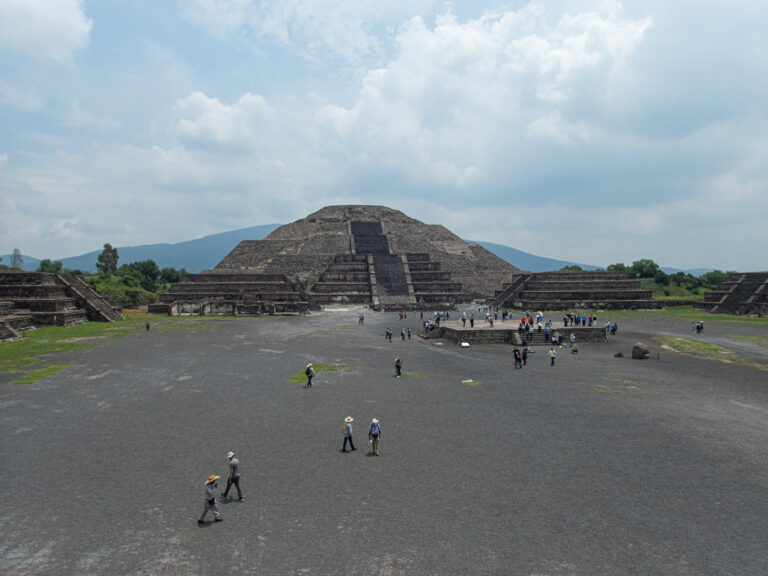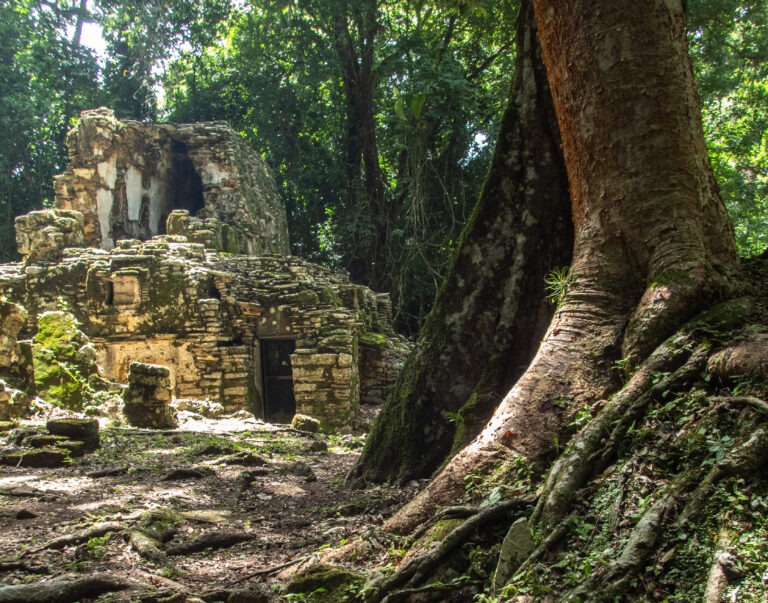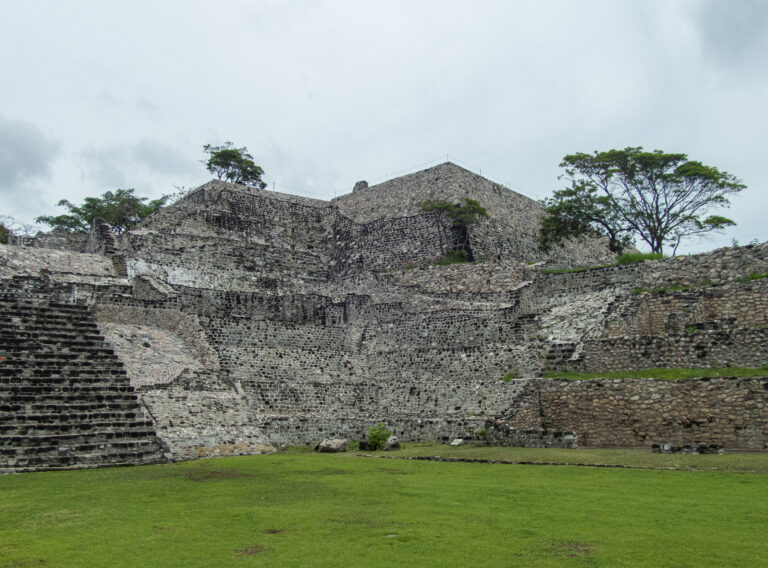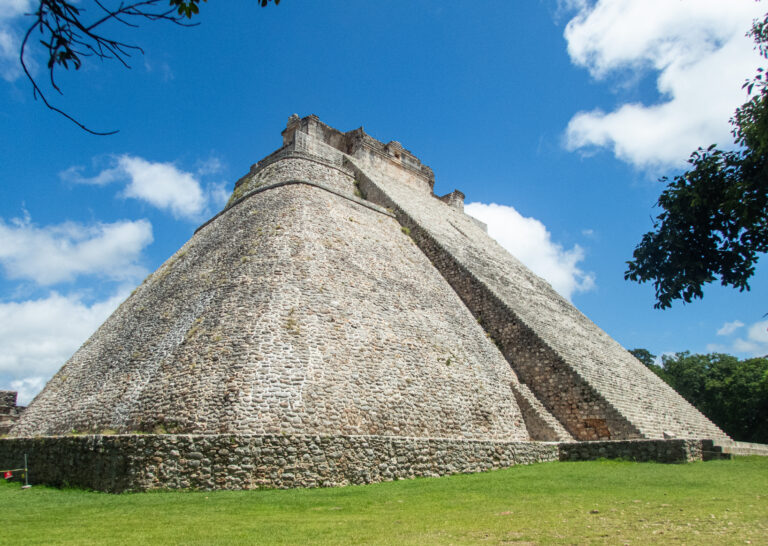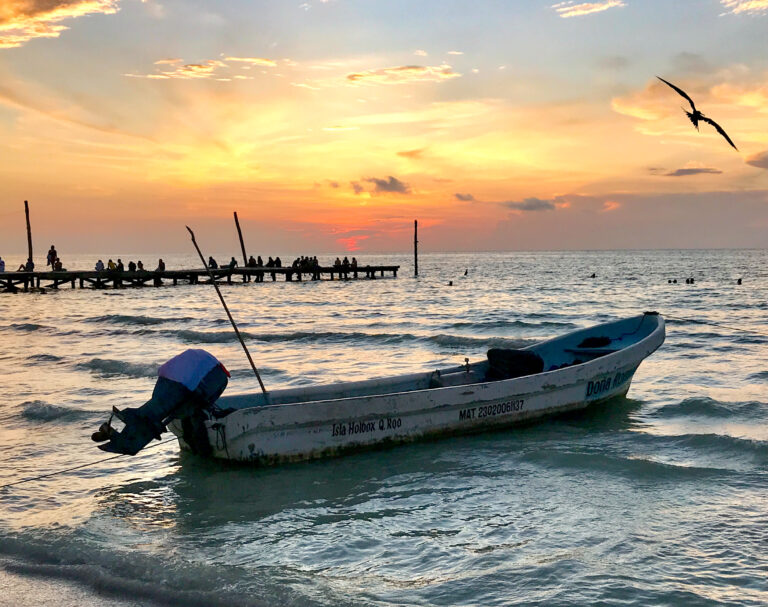Mexico
In the the summer of 2021, as the world began to peek out from behind closed doors, Mexico was one of the few destinations that had made entry and travel easy. All that was required was a full vaccination certificate and travel insurance with coverage for COVID-19. No quarantine was needed.
The Journey
I moved around Mexico by taxi, bus, boat, and plane with no difficulty. Thankfully, most of the places I wanted to visit were open again. However, as a matter of safety, I followed general recommendation to only take taxis registered through transport apps (much the same as advised for travelling by taxi in most big cities in Central and South America). Equally, I was recommended to avoid taking buses that didn’t use the toll roads, especially at night.
I booked most accommodation through digital travel platforms but not too much in advance so that I had flexibility to move on when I was ready. I ended up staying longer than intended in Oaxaca but had to change hotels due to lack of availability.
It was a trip that focussed mainly on the ancient sites of the empires of the Aztecs and the Mayans. They were the two largest empires in Mesoamerica (which today includes Mexico, El Salvador, Guatemala, Belize, Honduras, Nicaragua, and Costa Rica) at the time of the arrival of the Spanish Colonialists in the early 16th century.
The Aztecs emerged as a powerful tribe in the 14th century. They occupied and developed ancient Mesoamerican sites in what today is central Mexico, including Teotihuacan which had flourished centuries before their arrival (click for more information on the Aztecs).
The Mayan civilisation has a history dating back more than two thousand years. Among the most important of their city states were Palenque, Bonampak, Yaxchilan, Calakmul, Chichen Itza, Uxmal, and Tikal which now lies in the jungles of Guatemala – I had the good fortune to visit it several years before.
Mayan and Aztec languages are still spoken in many parts of Mexico today. Important elements of their ancient cultures continue today including approaches to farming, foods, traditional medicines, and perhaps Mexico’s best known celebration, “El Día de los Muertos” – The Day of the Dead.
The upcoming posts, listed below, follow the route I took around Mexico:
Mexico City
My journey started in Mexico City where I had the great fortune to stay with friends who live there. They are in the quiet and charming Tlalpan district.
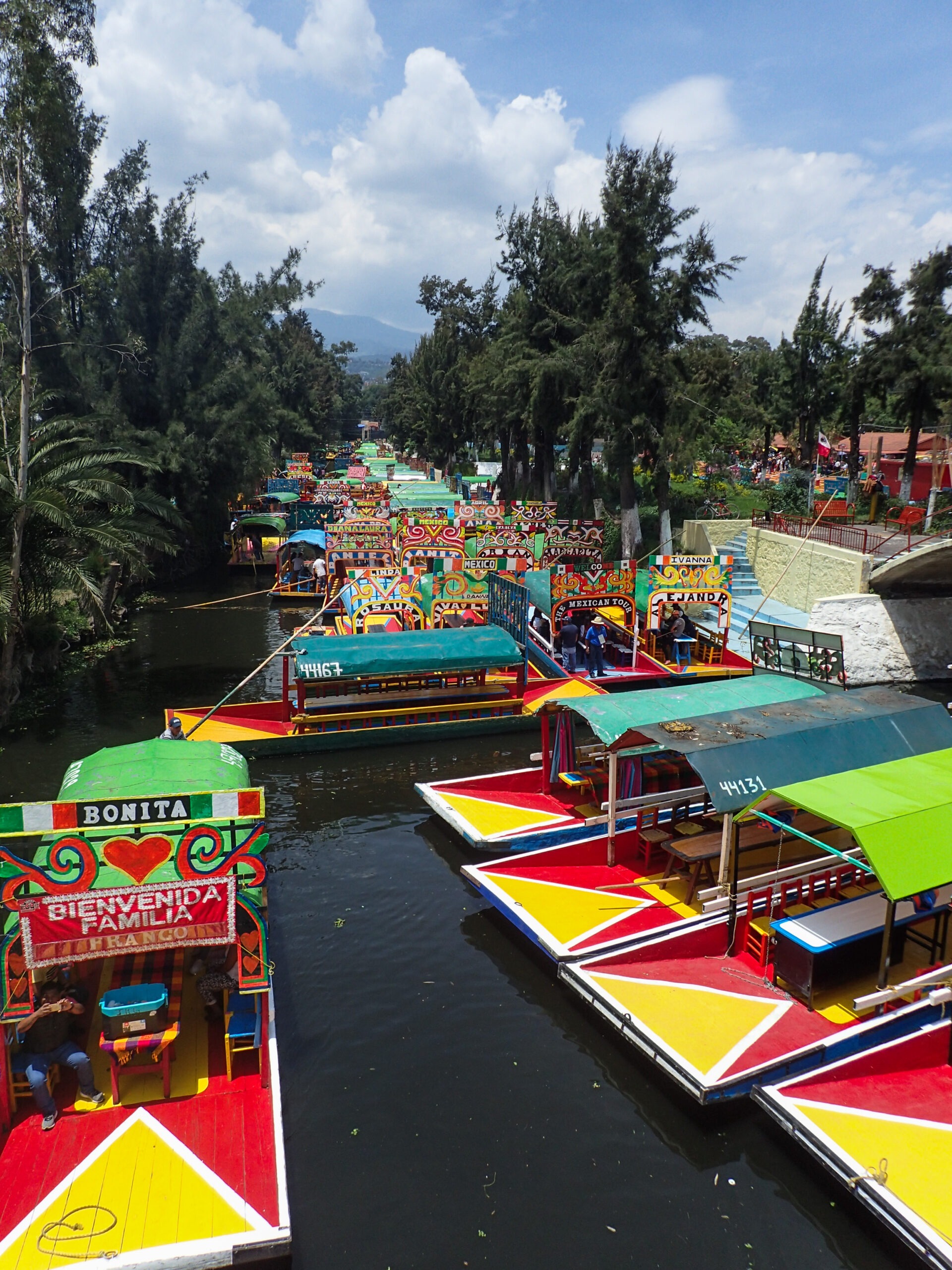
Mexico City is large, bustling, and at 2240 metres it is at fairly high altitude. The city has much to offer not least of all the fascinating Aztec ruins in the centre, the Chinampas at Xochimilco, and the spectacular collection of archaeological remains at The National Museum of Anthropology.
Teotihuacan
Teotihuacan is an incredible ancient site on a massive scale. The pyramids at this site are the largest in Mesoamerica. Teotihuacan is only a couple of hours from Mexico City, and deserves at least a full day to explore it.
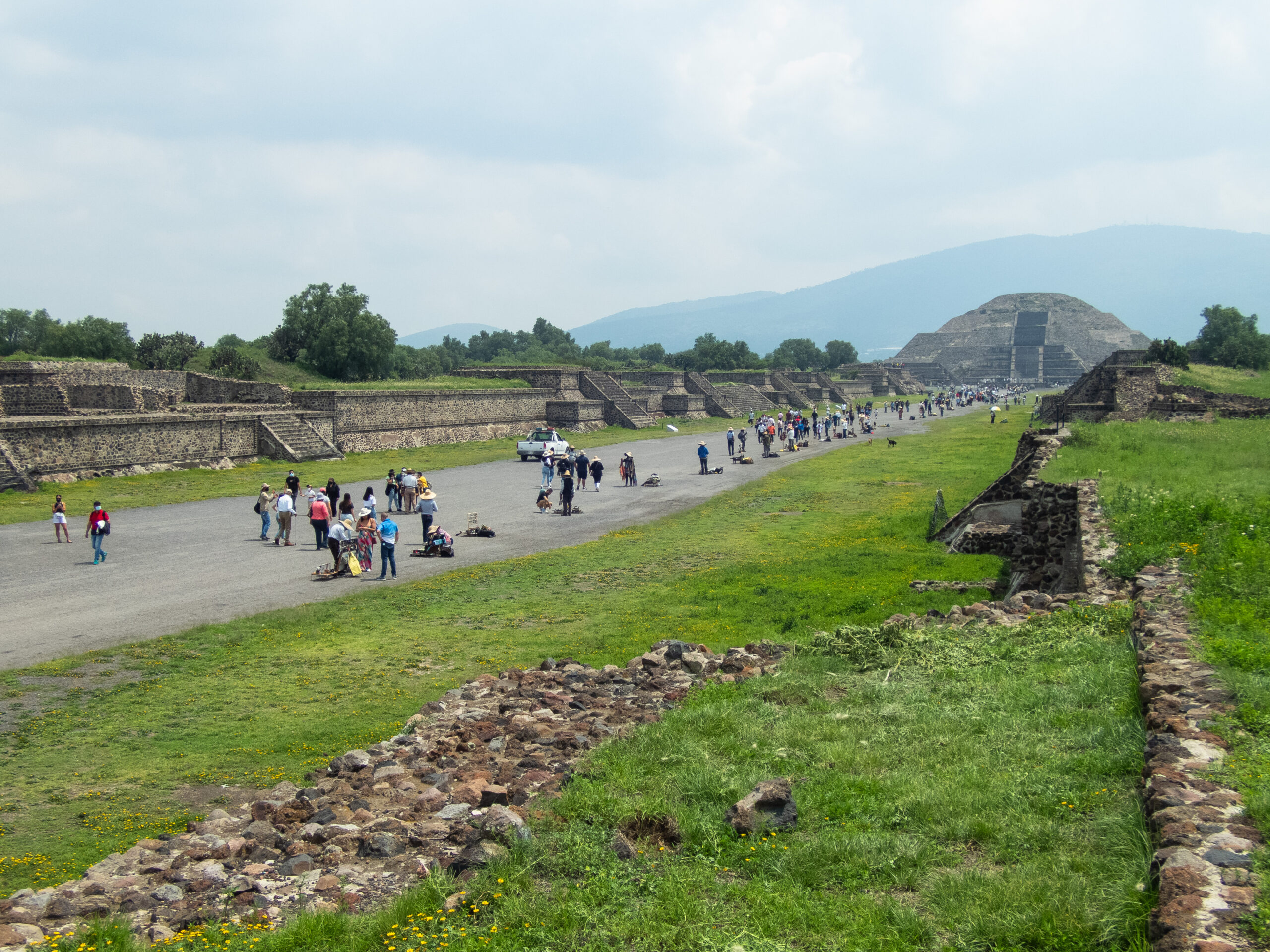
Oaxaca
Oaxaca is a foodies paradise! Great restaurants and the mole (a spicy dish usually cooked with fruits, nuts and chocolate) is delicious! Monte Alban is a few kilometres outside of the city. It is a compact and well-restored site of the Zapotec people.
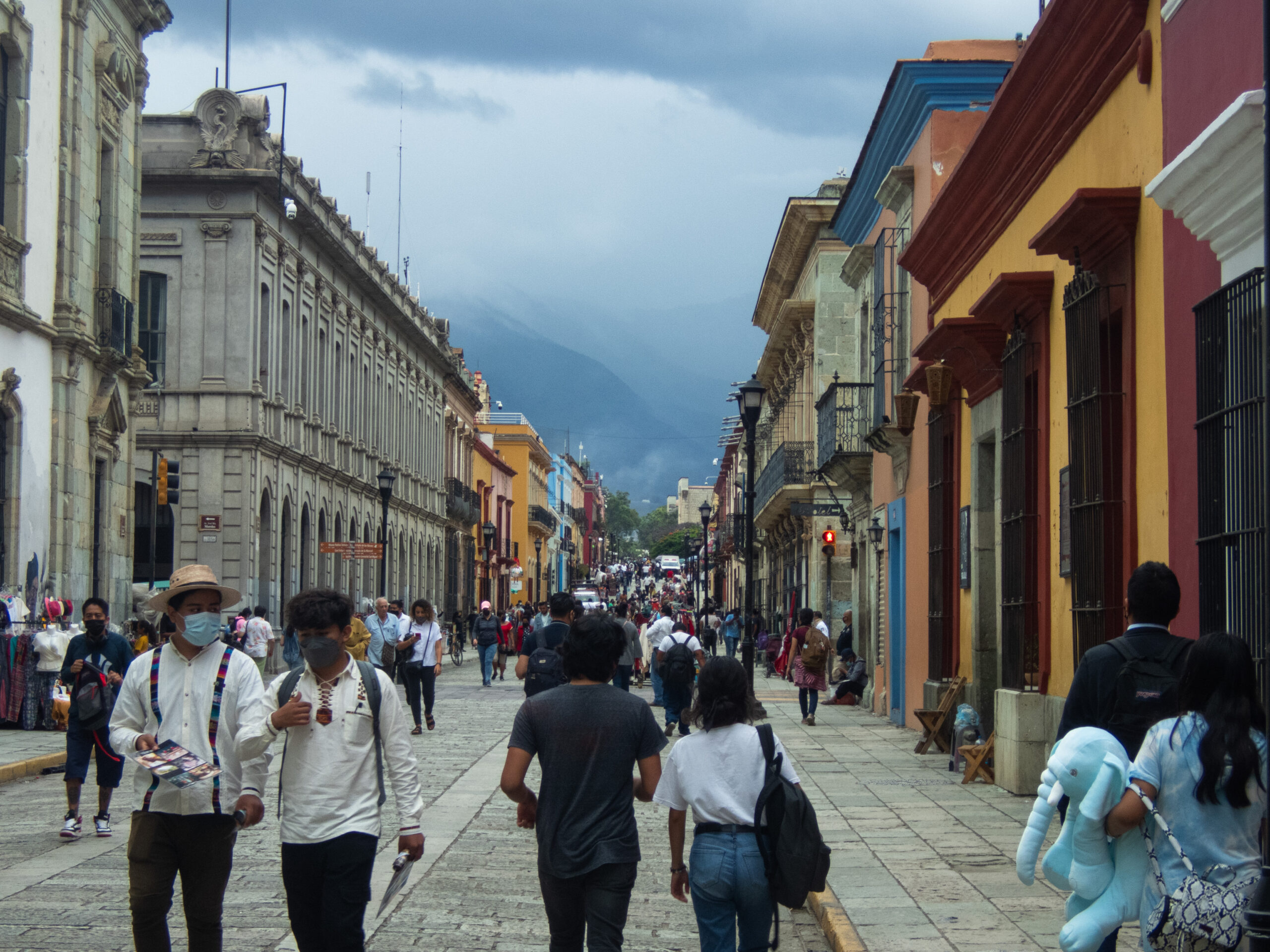
Uxmal
Merida is a charming old town with many beautifully maintained and restored Spanish colonial buildings. It has a very laid back feel to it. Uxmal and its unusual oval-based pyramid is about an hour-and-a-half bus ride from Merida.
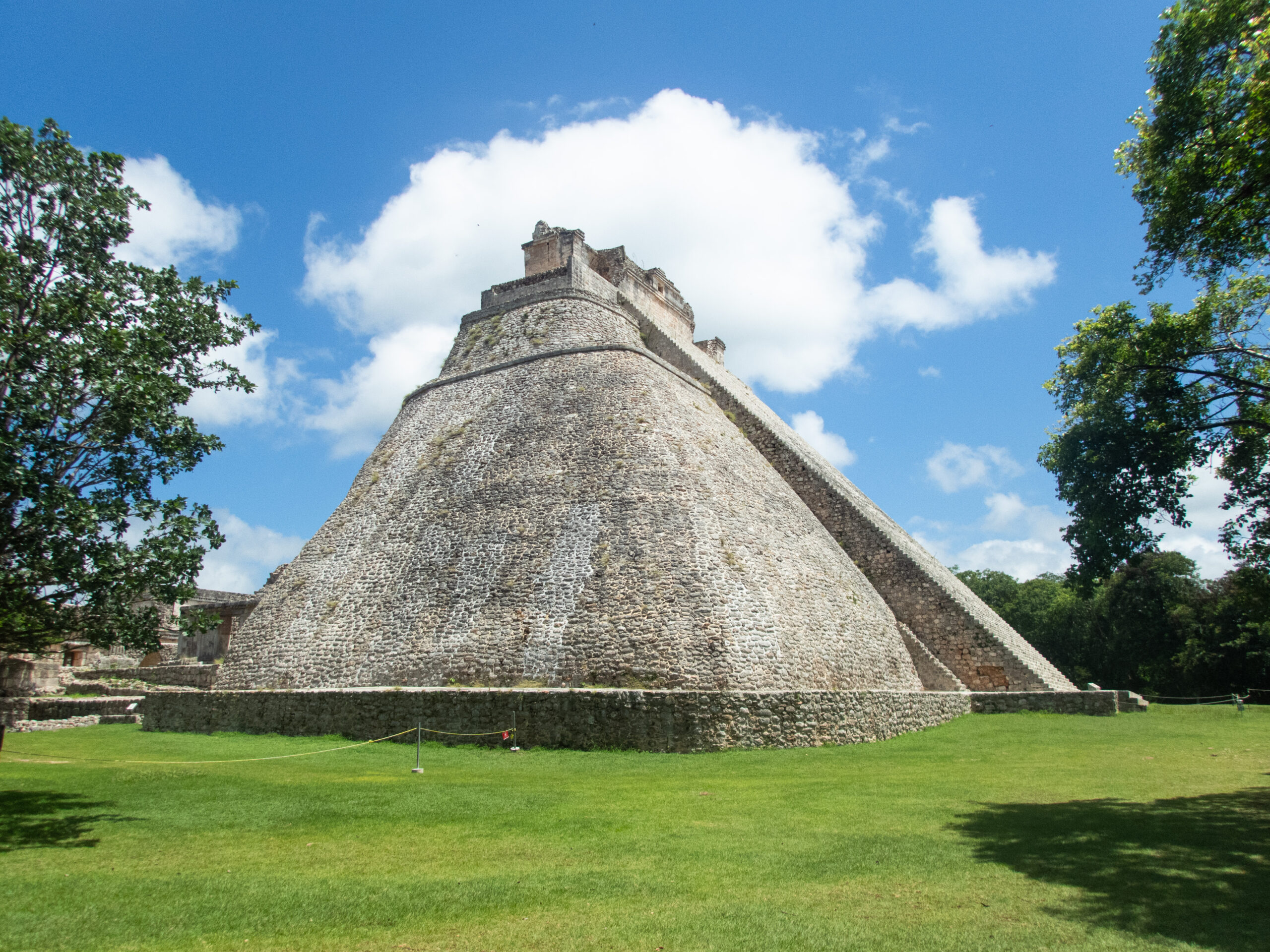
Chichen Itza
Chichen Itza is the most visited archaeological site in Mexico. It is huge, carefully restored, and close enough to tourist hotspots (like Cancun) to draw the crowds. It is about two hours by bus from Merida.
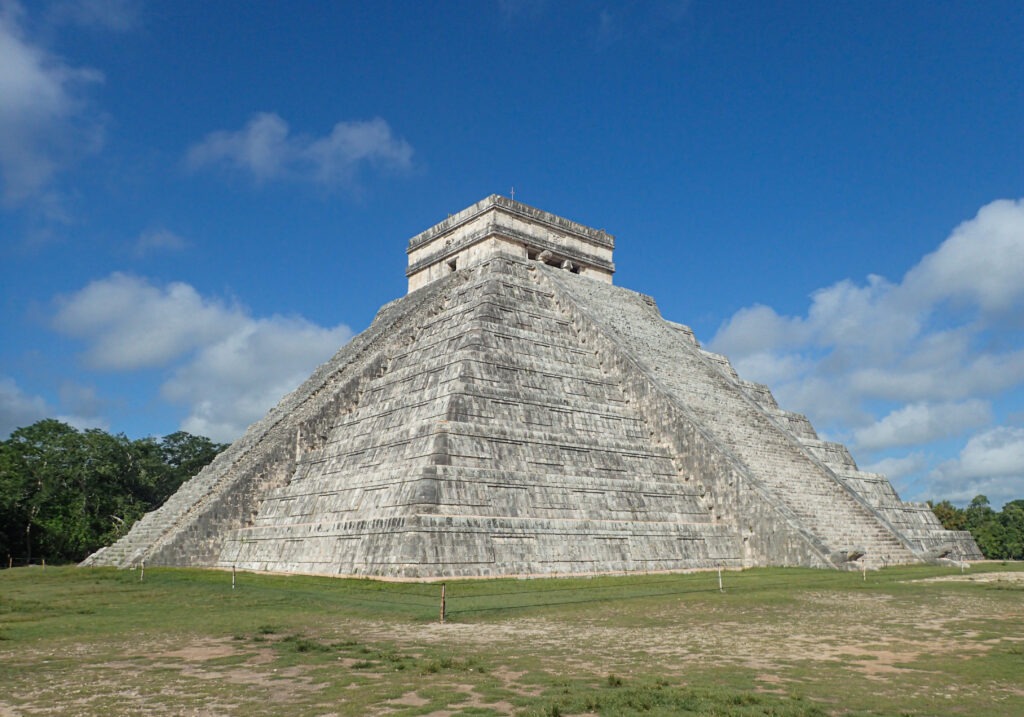
Holbox Island
After exploring many archaeological sites, I was glad to have a few days to laze around on Holbox Island.
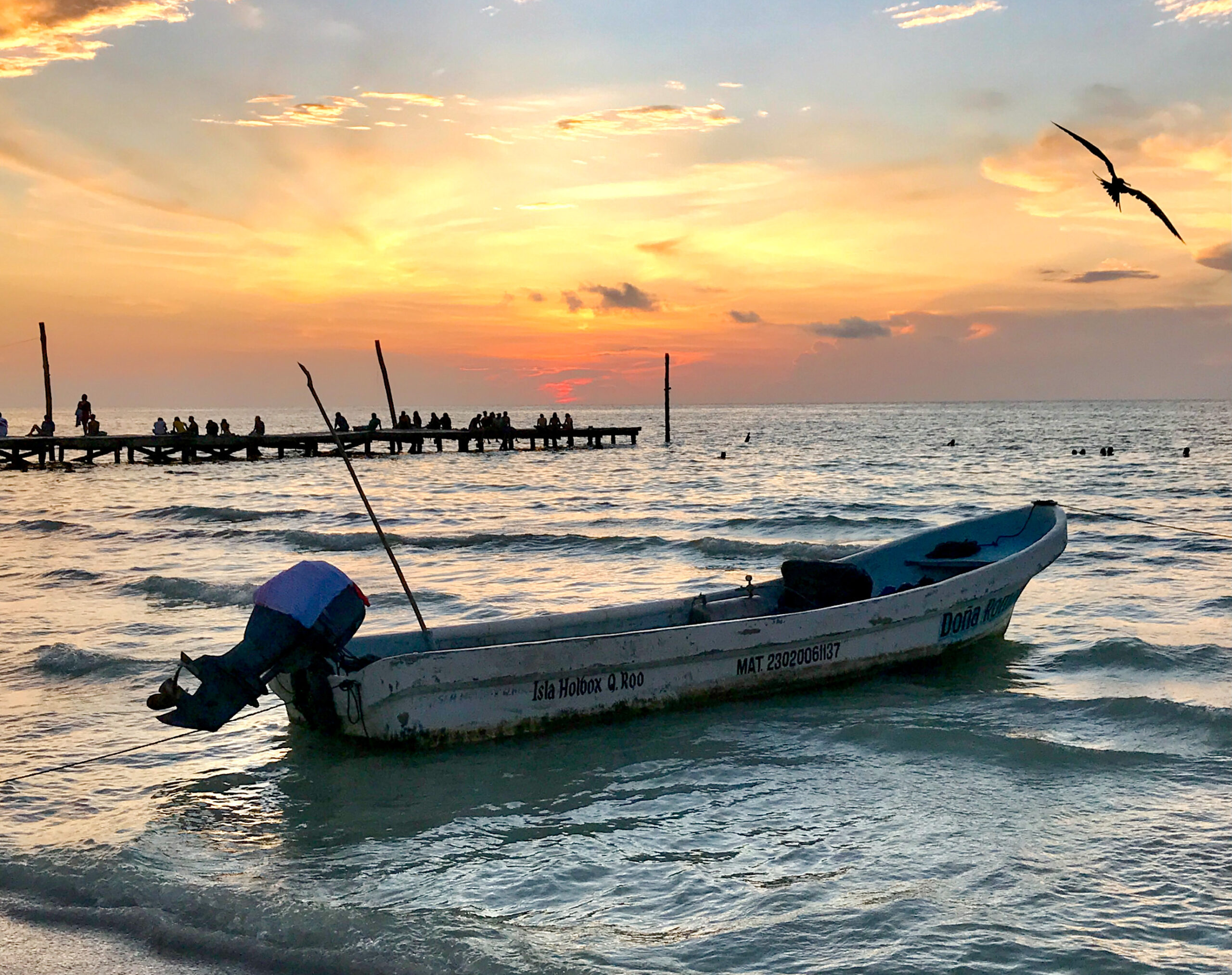
Palenque
From Holbox, I headed back to Merida for the flight to Palenque in the heart of the Chiapas. Palenque is in a tropical zone with all the delights of the forest and the exciting sounds of the creatures within it.
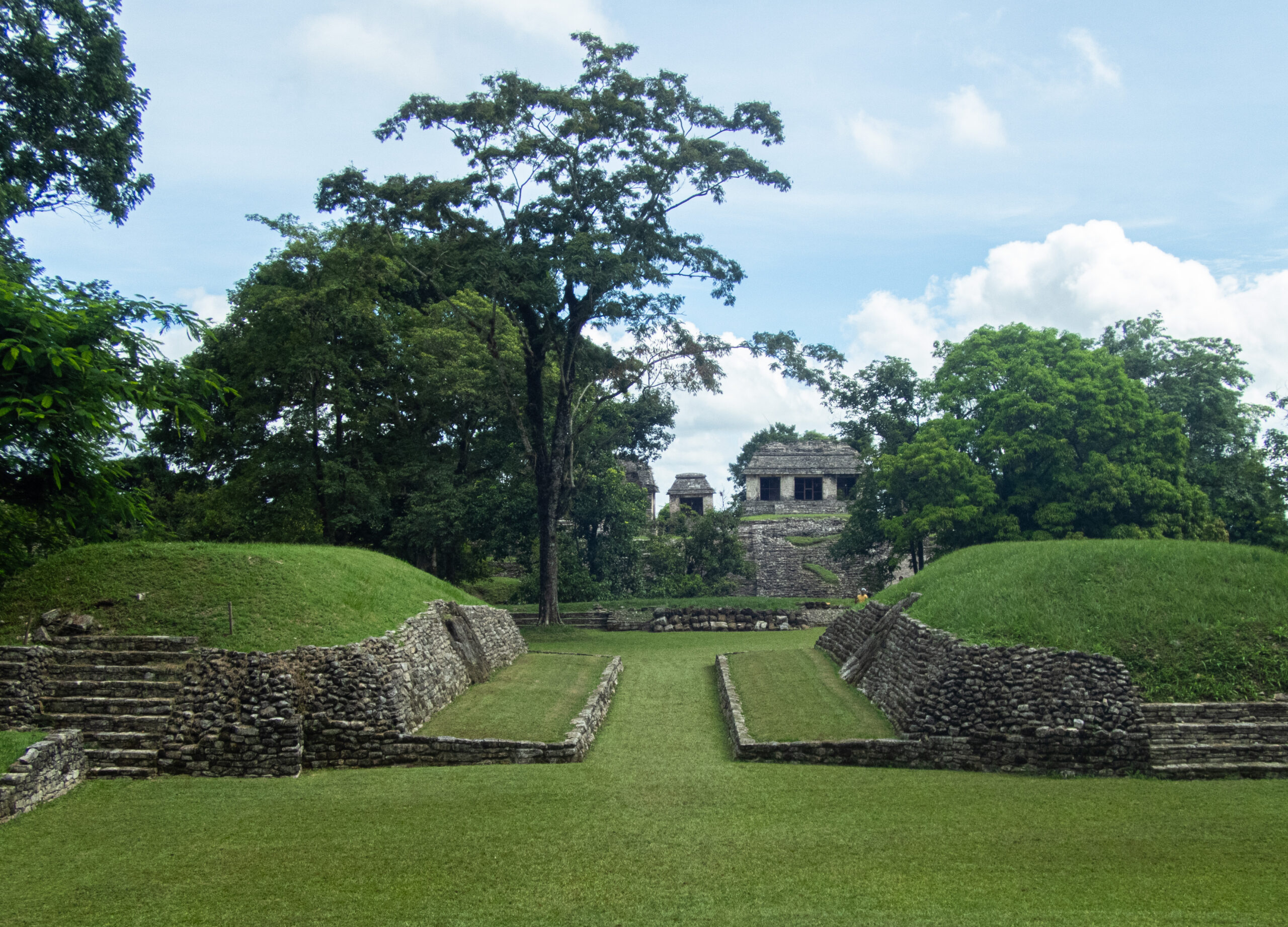
For a bit of extra adventure, I visited the sites of Bonampak and Yaxchilan. The latter is hidden in the jungle and accessed by the Usumacinta River that separates Mexico and Guatemala.
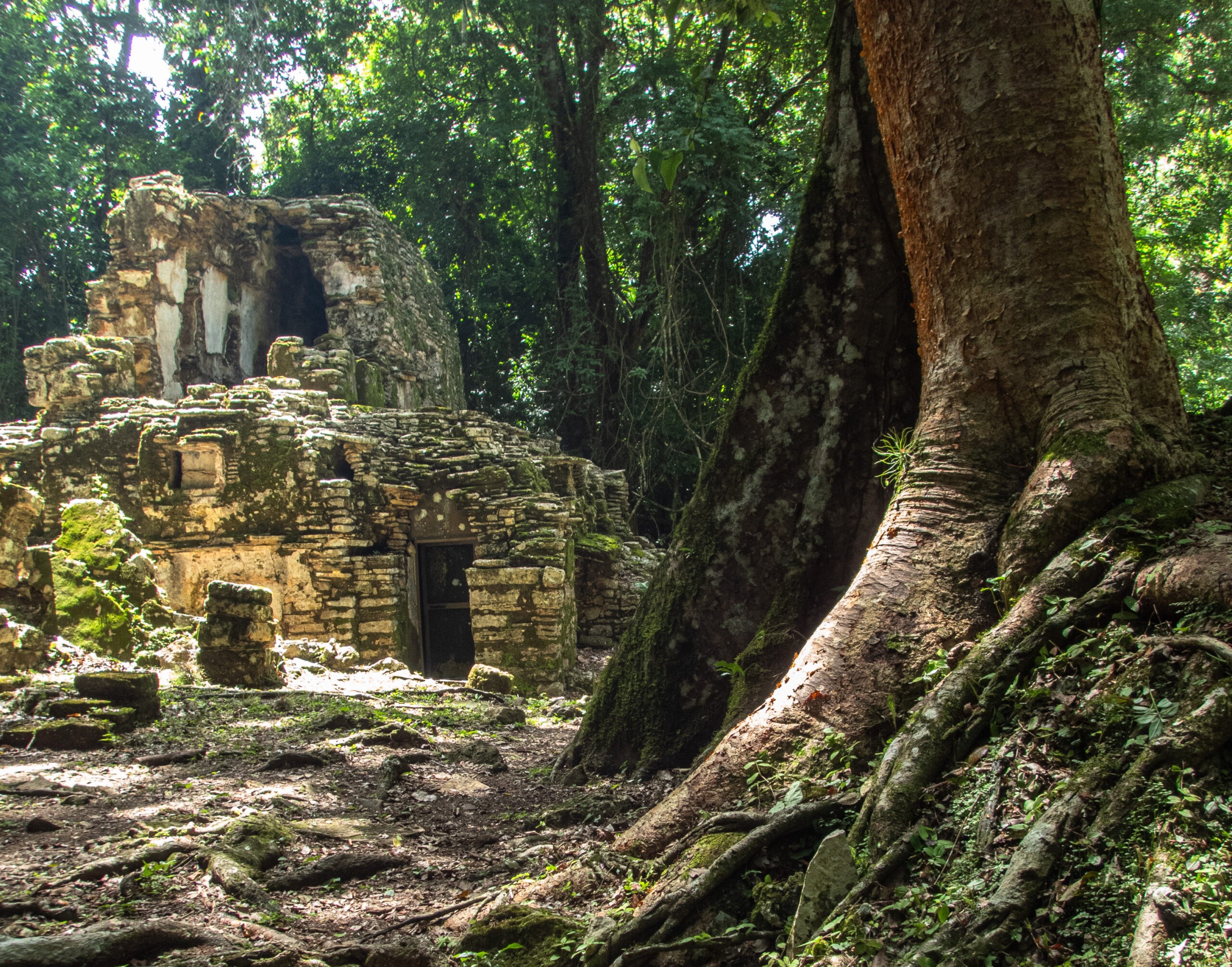
From Palenque, I flew back to Mexico City for a couple of days before heading back home.
